READY TO GET STARTED?
REQUEST A FREE ESTIMATE
Fill out the form below or call (336) 226-1448 for a free, no-obligation estimate.

In celebration of Random Acts of Kindness Day, our team in Burlington decided to spread joy and generosity throughout our community by setting out to make a difference in the lives of those around us. Our efforts began with the distribution of 10 Biscuitville gift cards, offering a warm meal and a moment of respite to individuals in need.

Continuing our day of kindness, we purchased lunch for a group of hardworking individuals, recognizing their dedication and commitment to their work. It was a small token of appreciation for their tireless efforts in building and enriching our community. Additionally, we had the privilege of filling up the gas tanks of two individuals, alleviating any potential financial burden.

As we reflect on our Random Acts of Kindness Day in Burlington, we are reminded of the profound impact that simple gestures of compassion can have on those around us. In a world often filled with hustle and bustle, taking the time to spread kindness and generosity can brighten someone’s day and foster a sense of unity within our community. Our team can’t wait to continue spreading kindness around the community, no matter how small!

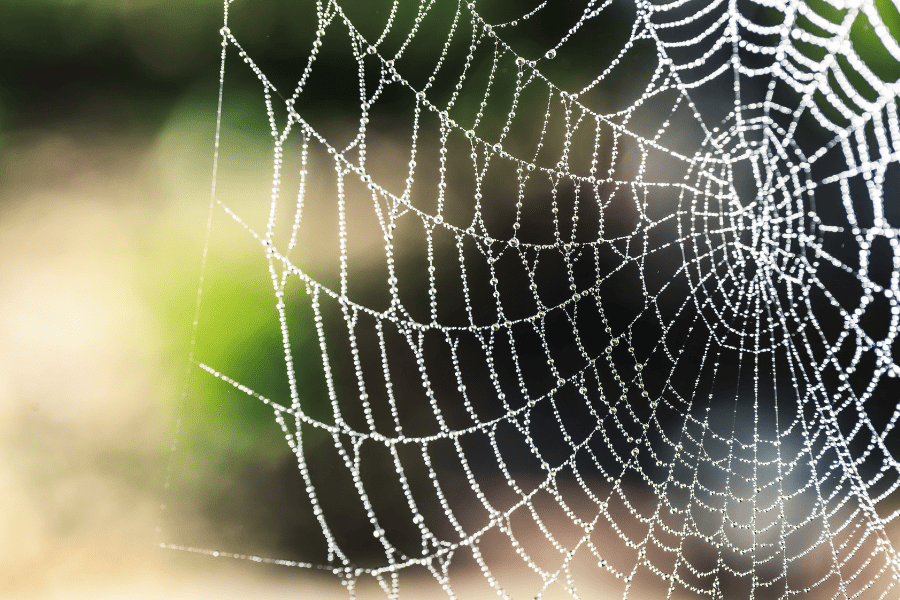
Spiders are a common pest found almost everywhere in the world and are no strangers to North Carolina! Let’s go over common venomous spiders in North Carolina and how you can prevent them from your home.
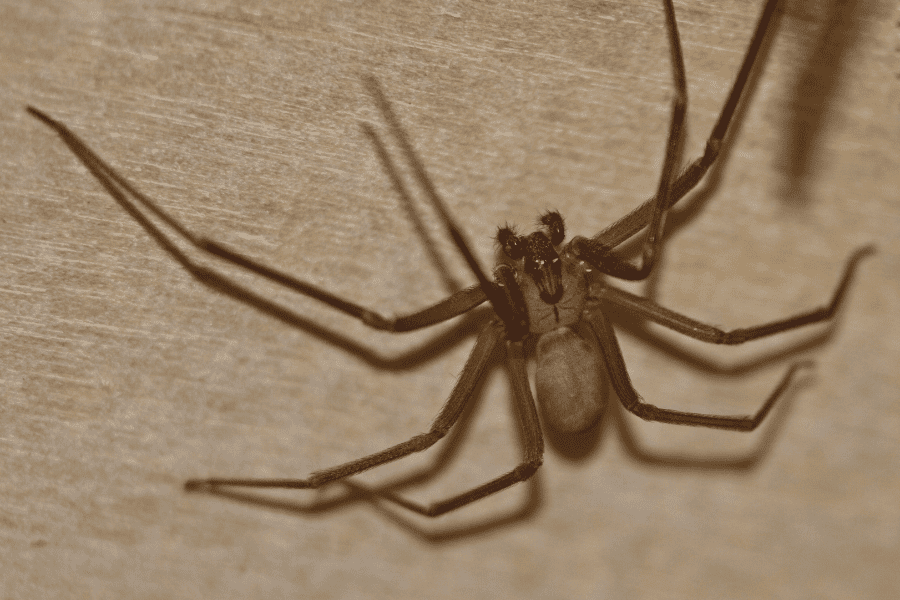
These spiders are light to dark brown in color and are easily identifiable with their fiddle-shaped markings on their heads. They can be found living in woodpiles, under rocks, or around homes and are common in homes with wooded areas surrounding them. These spiders will bite humans if they feel provoked but are generally not aggressive. If you do get bitten by a brown recluse, seek immediate medical attention, as they are extremely venomous.
When you see a brown spider, it’s common to immediately think it’s a brown recluse, however, there are a handful of other notable brown spiders in North Carolina that are not harmful to humans.
Other brown spiders include:
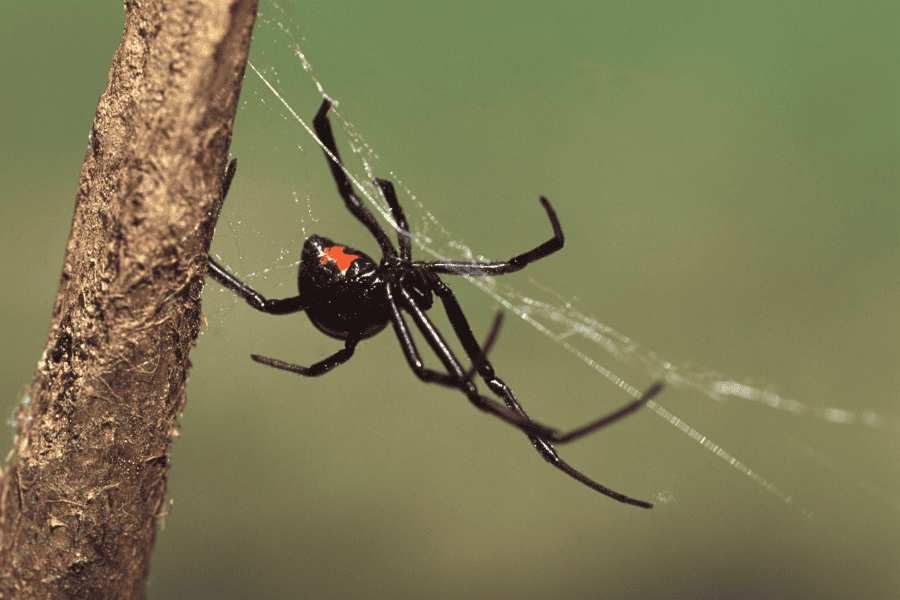
The black widow is one of the easiest spiders to identify with its shiny, black body and red hourglass shape on the bottom of its abdomen. This is another common venomous spider in the North Carolina area, but they will not bite unless they feel threatened. They are typically found in woodpiles, under rocks, or even in basements and garages.
Spiders are sometimes beneficial to keep in hand since they help control other populations of pests in your home, but we know that having them around can make some feel uneasy, especially if they’re harmful to our family. Here are some ways you can prevent them in your home:
We’re moving in the cooler season, which means termites might not be on your mind right now. But there is no better time to begin thinking about your termite protection plan! There are several termite protection treatments and plans to consider, but if you’re looking for 24/7, 365-day protection, the Sentricon Always Active Bait Station could be the best choice for you. Let’s go over the benefits of this eco-friendly termite control option that might just be perfect for your home.
Sentricon is a highly effective, environmentally responsible treatment option for preventing and eliminating termites. These bait stations are placed strategically around the perimeter of your property and offer 24/7/365 termite protection for your home by eliminating entire termite colonies. Here are some other great benefits to the Sentricon bait stations:
Ready for an always on termite protection plan? Give our team a call today for a free quote!
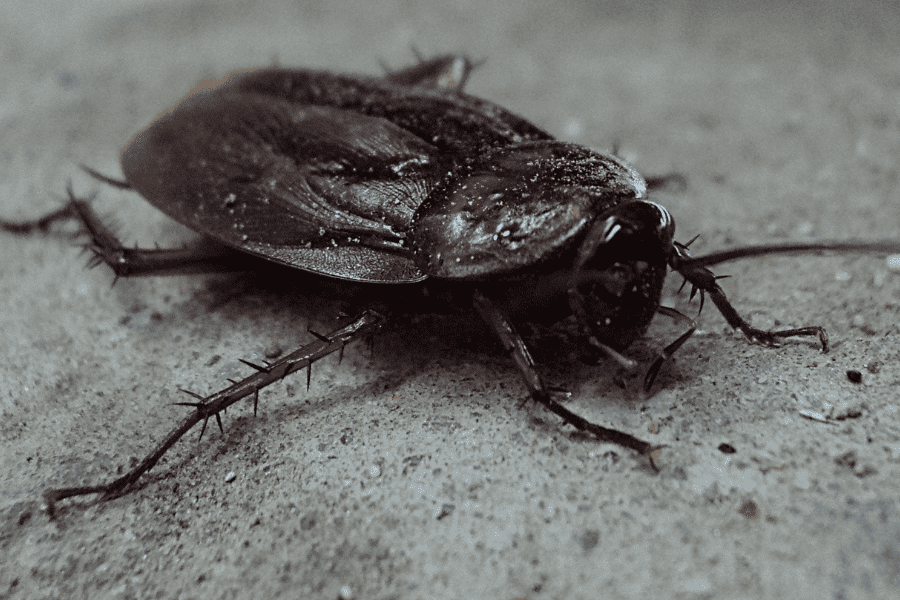
There are plenty of cockroach species found in North Carolina, but the smoky brown is one to look out for. These pests are challenging to get rid of and can also spread some diseases in your home. If you begin to see roaches in your home, be sure to give your local pest control company a call to properly eliminate them! Let’s go over how to properly identify smoky brown cockroaches and prevent these pests:
The smoky brown roach has distinctive coloring on its dark brown body. They’re on the larger size of home invading roach species, typically growing to be around 1.25″ long. These roaches are known to be strong flyers and can cover a lot of ground searching for food and shelter. They can make their way inside your home via any openings and are attracted to interior lights.
Signs of a smoky brown roach infestation:
If you begin noticing any of these signs of cockroaches in your home, it might be time to seek professional help to properly identify it. Our team of experts will create a customized pest plan to keep your home pest-free!
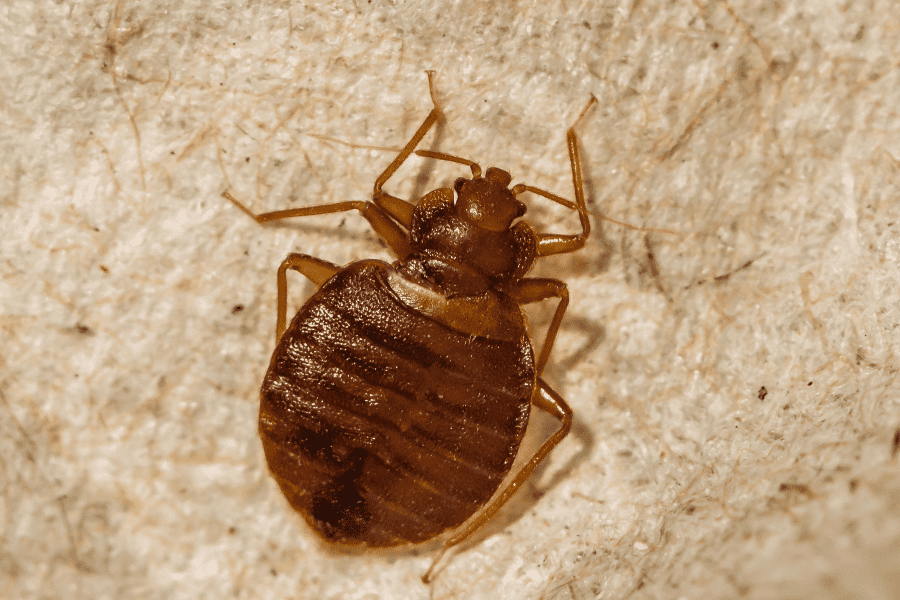
You’ve heard the saying “don’t let the bed bugs bite”, but you don’t fully understand how these bugs can truly impact your life. Most bed bugs are found in man-made structures rather than in the wild due to needing a host to survive. This is why weather has no impact on where bed bugs are located. Let’s discuss bed bug identification and how to properly handle them if you discover an infestation.
Bed bugs are small, apple seed-sized insects. They are flat and oval with horizontal ridges across their bodies. They don’t have wings but can move extremely fast. They can leave mosquito-like bites all over your body and can become an itchy problem.
Bed bugs are known as “hitchhikers”. They can easily latch onto items and travel long distances. These pests are found where humans tend to congregate and spend extended time, including public transportation, libraries, and hotel rooms. This often can make travel season the perfect time for these bugs to latch onto your travel items and follow you home. They can also enter your home through secondhand furniture, mattresses, box springs, and couches.
If you’re traveling, be cautious of the hotel room or Airbnb you’re staying in. Once you arrive at your destination, inspect places where bed bugs can hide, looking for live insects, blood stains, and eggs throughout your room.
When returning from your trip, unpack your luggage outside instead of bringing it inside. Wash your clothing right away and be sure to use the dryer. High heat will eliminate any potential hitchhikers.
If you’ve spotted signs of bed bugs or seen live bugs in your home, act fast to contact your local pest control company to get rid of them. These professionals will give your home an in-depth inspection and then implement the best treatment and bed bug control plan customized for your home.